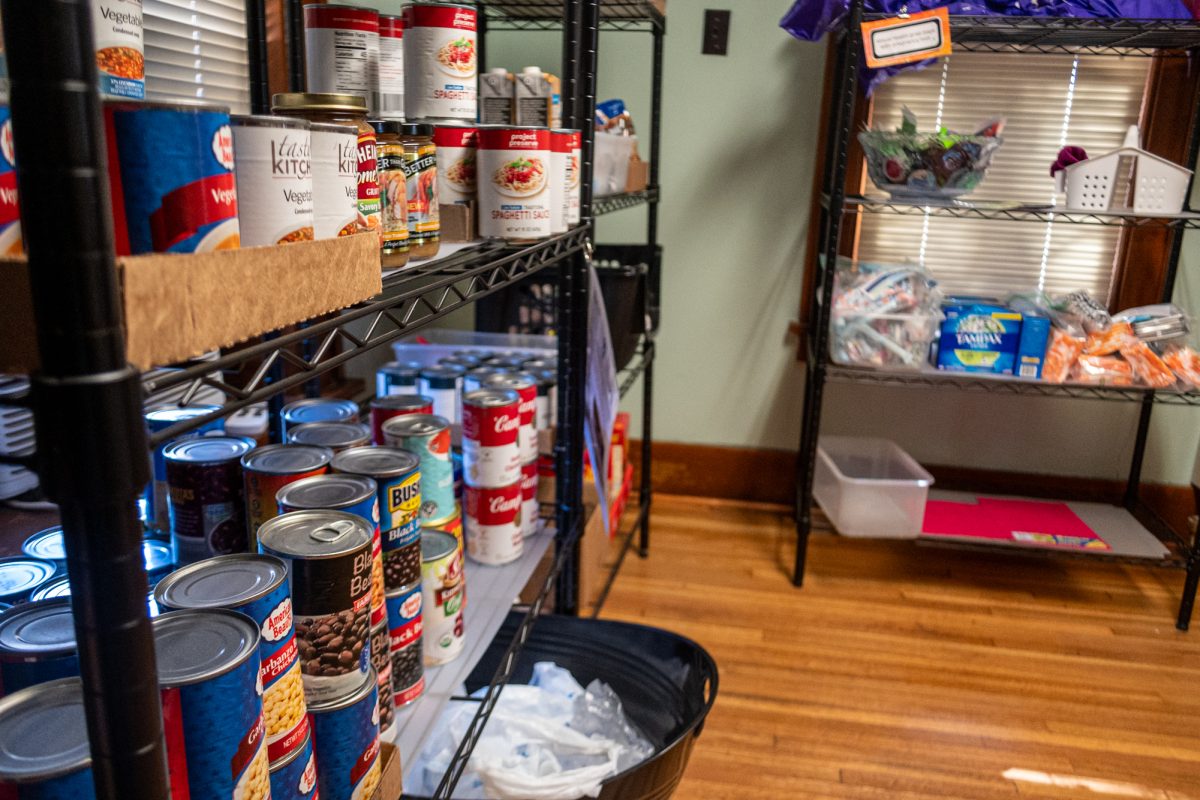EDITORIAL:Ames already efficient
February 1, 2002
Members of the greek community and Hawthorn Court have both stepped up volunteer recycling initiatives in the last week.
The two groups claim to be taking a pro-active approach by drawing attention to a perceived deficiency – a lack of recycling resources available to Iowa State and the Ames community. The “Greeks Go Green” plan, which organizes sororities in the greek community, will go to each chapter on Tuesday nights and collect the recycled goods to be dropped off at the recycling center. At the end of the semester all of the money that has been collected will be donated to an environmental charity.
Hawthorn Court residents’ proposed program will place a dumpster-style bin in the north parking lot of the complex for recyclable materials – clear glass, newsprint, two types of plastics and aluminum cans. All for the low price of about $2 per resident per semester.
While both of these programs do seem pro-active and environmentally sound, the question needs to be asked – have either of these organizations really researched this particular issue to any great extent?
With minimal effort, and a little help from the Internet, an individual can print off any number of recyclable sheets of paper and realize that Ames has one of the most comprehensive and user-friendly recycling programs of its kind.
According to the city of Ames Web site, since 1975 the Arnold O. Chantland Resource Recovery Plant has been a pioneer and an example that other communities are striving to follow. Since the city of Ames does not employ its own refuse collection service, independent contractors are used to haul the trash from Ames – and surrounding communities – to the resource recovery plant.
Once the trash arrives at this “waste-to-energy” plant, the process of separating the refuse begins. Large magnets are used to separate the metal from the trash, which is then sold to a local scrap dealer for recycling. The remaining garbage is then shredded and separated into two categories.
Burnable material, which becomes refuse derived fuel – RDF – is then piped to the city’s electric utility. It’s used as a supplemental fuel which is burned in the coal boilers to generate electricity.
This process aids in conserving fossil fuels while reducing the sulfur dioxide emissions from burning only coal. Non-burnable waste is transported to a landfill. Since it is already shredded, it takes up less volume than if it was dumped and buried whole.
To date, the Resource Recovery Plant has saved more than 80 acres of farmland from landfill purposes and powers more than 4,600 homes each year.
So while the two recycling plans may seem to be new, bold, pro-active initiatives, in reality these extremely efficient services are already provided to Ames residents.
People in Ames need to be aware of the strong recycling history our city has enjoyed for 27 years.
editorialboard: Andrea Hauser, Tim Paluch, Michelle Kann, Zach Calef, Omar Tesdell, Charlie Weaver






